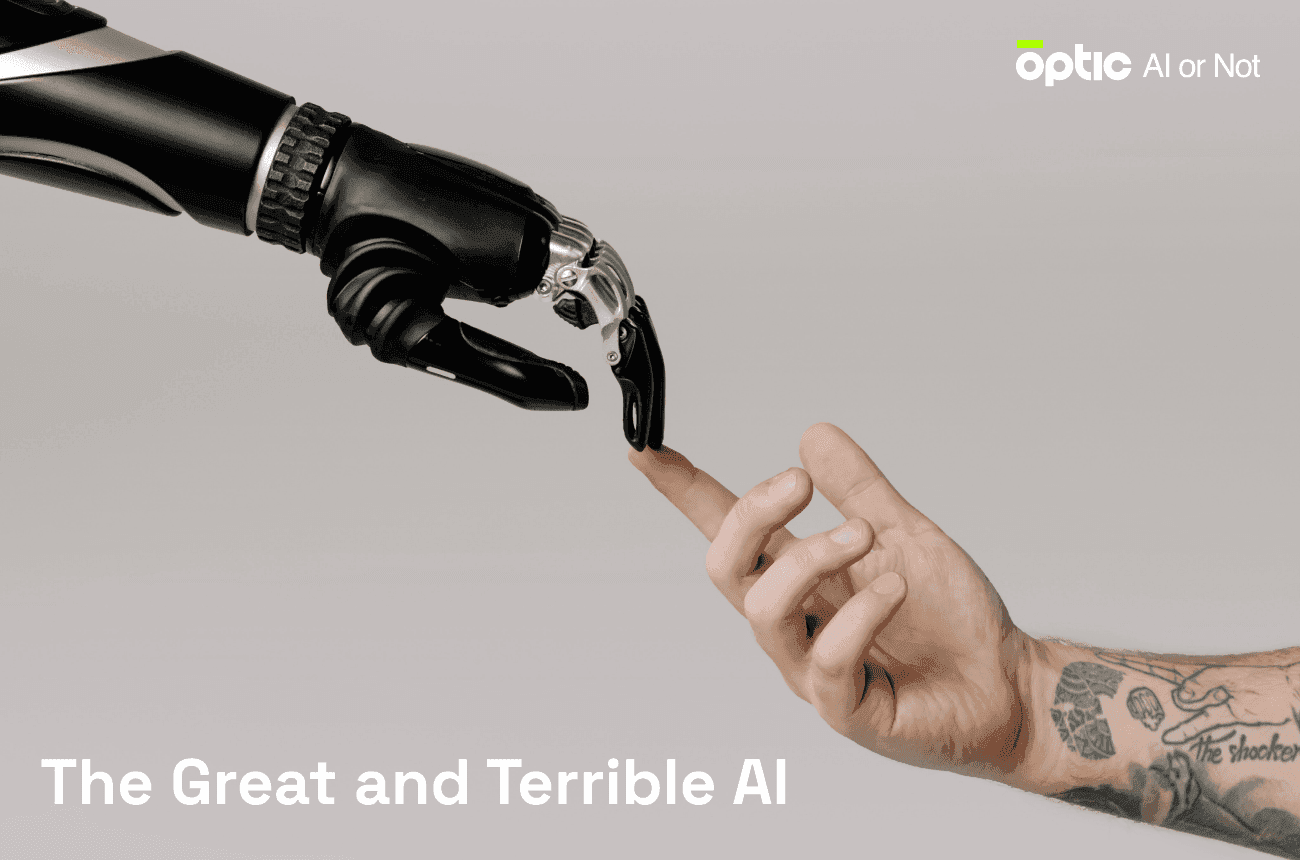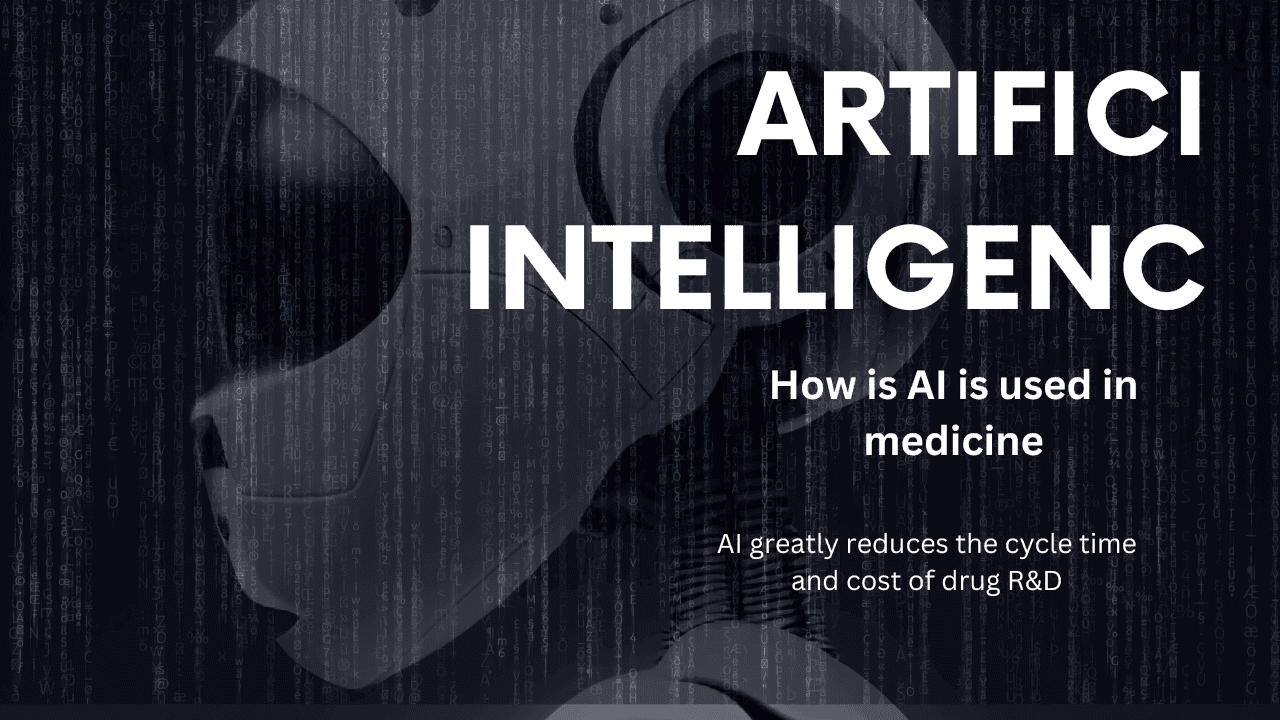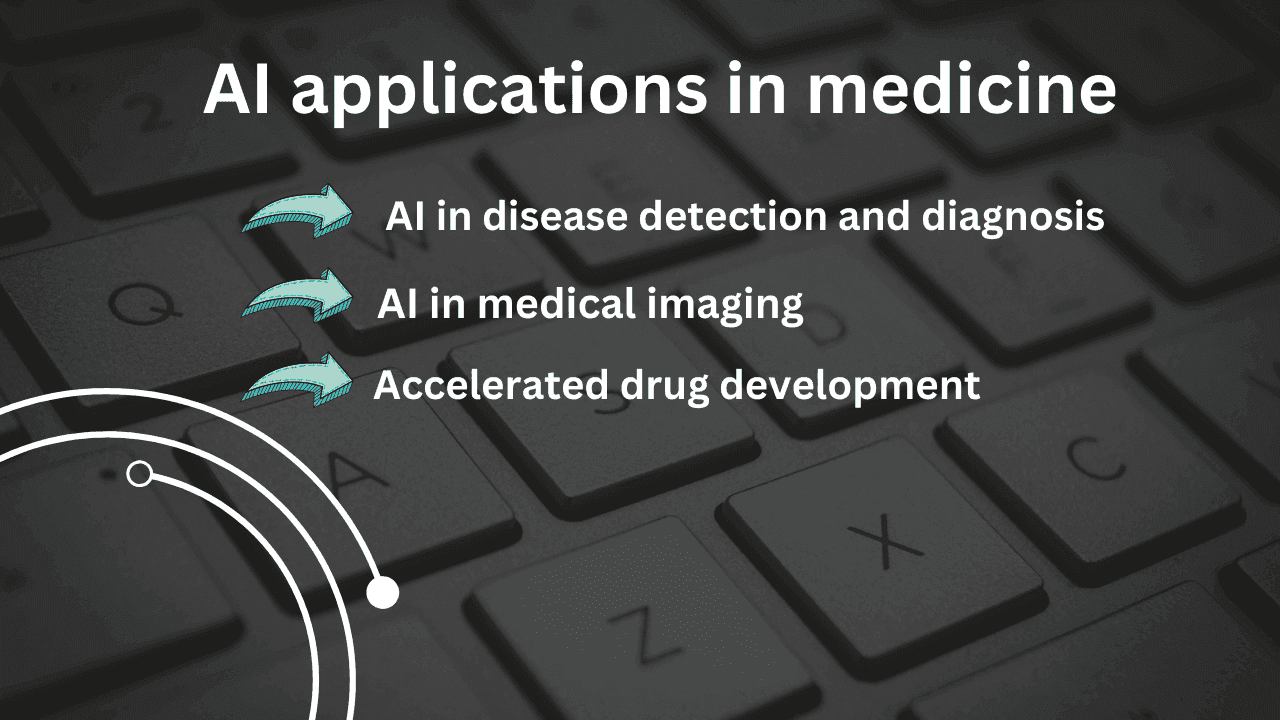The Great and Terrible AI - Copyright protection problems or help in the discovery of new medical drugs

Navigating the Double-Edged Sword of AI: Copyright Protection and Drug Discovery
Introduction: The Two Facets of AI
Artificial intelligence (AI) wields a dual-edged sword, simultaneously being a force of disruption and innovation. It impacts many sectors, including copyright protection, medical drug discovery through AI detectors, and__ __AI-generated checkers.
As AI brings about novel challenges in the realm of copyright and holds promising potential for revolutionizing drug discovery, it is essential to analyze its multifaceted role. This article delves into the complexities of AI within these domains, shedding light on the need for strategic regulatory measures to optimize its benefits and address potential pitfalls.
AI and Copyright Protection: An Intricate Landscape
Ownership Issues in AI-Generated Content
With AI's burgeoning capabilities in generating original content, the realm of copyright protection grapples with detailed questions. Distinguishing between human or not AI and AI-generated works is increasingly challenging, leading to complex issues of copyright ownership and legal rights. Regulations that provide clear guidelines are indispensable in addressing these nuances, offering human and AI creators the proper protection.
Enforcement Challenges and Infringement Detection
The enforcement of copyright laws becomes increasingly complex with the advent of AI-generated content. Identifying instances of copyright infringement involving AI, whose creations often mirror existing works closely, is a formidable task. This underlines the need for advanced AI detection tools and enforcement strategies crucial in safeguarding intellectual property rights in the age of AI.
AI Revolutionizing Drug Discovery
Speeding up the Drug Discovery Process
Artificial intelligence's capabilities in revolutionizing the drug discovery process are genuinely remarkable. With sophisticated machine learning algorithms that can analyze massive amounts of data and recognize patterns, the development of new drugs can be accelerated to a significant degree. The application of AI expands the possibilities of exploration and enhances the efficiency of drug discovery endeavors.

Steering Towards Personalized Treatments
AI's strength is its ability to facilitate personalized medicine, leveraging individual patient data and genetic information. Machine learning algorithms can scrutinize patient profiles, predict treatment outcomes, and pave the way for tailored therapies. This individualistic approach can transform patient care and augment treatment efficacy.
Ensuring Data Quality and Minimizing Bias
Data integrity is the backbone of AI-driven drug discovery. Ensuring the quality and diversity of data sets is essential to curtail biases and attain precise predictions. Hence, robust data collection and curation processes are paramount to uphold safety and effectiveness.
Addressing Regulatory and Ethical Considerations
The integration of AI in drug discovery brings forth regulatory and ethical considerations. Striking a balance between innovation and patient safety necessitates regulatory frameworks addressing AI's unique challenges. It is critical to balance speed and security to ensure effective regulation and deployment of AI technologies.
Striking a Balance: Copyright Protection and Drug Discovery
Regulatory Frameworks for Intellectual Property Rights
To effectively manage the vast amount of content generated by artificial intelligence, it is necessary to reassess current copyright laws. This includes finding ways to adapt intellectual property rights frameworks to accommodate human and AI creators while grappling with the intricate issues of ownership and attribution. As AI-generated works continue to increase, we must find ways to protect the rights of all creators involved.
Fostering Innovation and Collaboration
Regulatory frameworks should be designed to promote innovation and collaboration in AI-driven drug discovery. Creating an environment that fosters cooperation between AI developers, researchers, and pharmaceutical companies is essential for balancing copyright protection and drug discovery. This will encourage breakthrough discoveries without hampering innovation.
Looking Ahead: Ethical Considerations and Responsible AI Governance
Setting Ethical Guidelines for Responsible AI
To guarantee that AI technologies are developed and deployed ethically and responsibly, it is essential to establish well-defined ethical guidelines that cover vital issues such as copyright protection, data privacy, and accountability. By adhering to these principles and best practices, we can ensure that AI governance is responsible and practical.
Boosting Public Awareness and Education
It is crucial to increase the general understanding of the capabilities and limitations of AI. This involves recognizing the copyright issues associated with AI-generated content and being aware of the advantages and disadvantages of utilizing AI in drug development. By engaging in open dialogues and including the public, we can promote the responsible usage and oversight of AI technologies.

Optimizing the Power of AI
The dual nature of AI in copyright protection and drug discovery underscores the need for comprehensive regulations and strategic approaches. By addressing challenges like ownership and infringement detection in copyright protection and leveraging the potential of AI in drug discovery while ensuring safety and compliance, we can harness AI's benefits while mitigating its risks. Responsible AI governance through AI detectors and AI-generated checkers, public awareness, and collaboration are the keys to maximizing AI's positive impact and striking a balance between innovation, creativity, and protection.
AI Detection Tools: Identifying AI-Generated Content
As AI-generated content becomes more prevalent, the importance of distinguishing between human-created and AI-generated creations grows. Tools like AI detectors help us know this AI and are increasingly essential to maintain authenticity in this evolving landscape. Whether it's an art piece, essay, or even a face, these tools can help ascertain the origin of the content.
Identifying Fake AI-Generated Images
As AI-generated content becomes more common, knowing how to recognize fake AI-generated images is crucial. That's where tools like "AI-generated image checker" and "detect AI-generated faces" come in handy. They're essential for maintaining authenticity and integrity and help ensure that AI-generated content doesn't compromise credibility in our increasingly AI-driven world.
Conclusion: Embracing AI Responsibly
As we continue to witness the rapid development of AI technology, it is crucial that we not only capitalize on its numerous benefits but also address the various challenges that come with it. To ensure the responsible incorporation of AI, we must establish regulatory frameworks, ethical guidelines, transparency measures, and __AI detection __tools. This will enable us to enjoy AI technology's advantages while safeguarding against potential negative consequences.